Hulston Mill belongs in an elite and small group of two existing water mills in the Missouri Ozarks (that I can think of, anyway) that can claim having been moved from streamside to another setting. Right off the top of my head, the other mill is the Ozark Mill, found at Finley Farms in Ozark, Missouri.
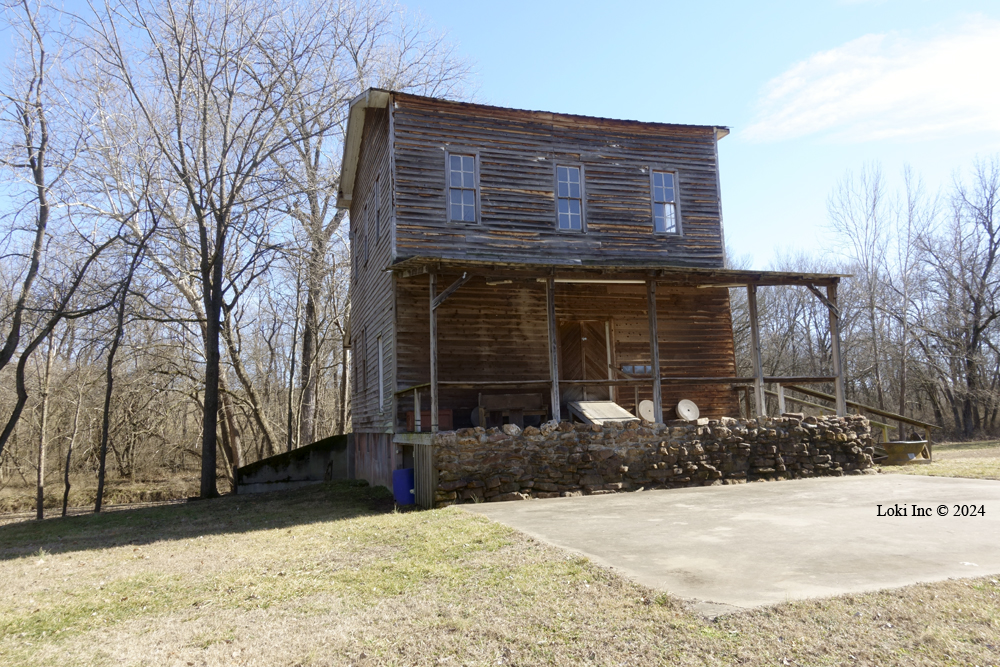
History of Hulston Mill
Dade County used to have 10 mills, and Hulston is the last one of the lot still equipped to demonstrate how a mill operated, and was the last one running. Built in 1840 at the confluence of the Sac River and Turnback Creek, the mill ground flour and corn. According to the Dade County Historical Society, at “State of the Ozarks” website, Ezekiel Madison Campbell constructed the original mill.
That mill washed away, so Campbell built a new mill farther up the Sac River. As is the history of grist mills, several owners and millers worked onsite throughout the years. As is also the case of mills from this era, the Civil War dealt a blow to many grist mills; especially, if the mills couldn’t be of service to the cause. It’s not unusual to read that in the 1860s, mills were burned. This one, however, played a significant role in sending flour to units of the Union Army that occupied Springfield, Missouri, in 1861, so it survived.
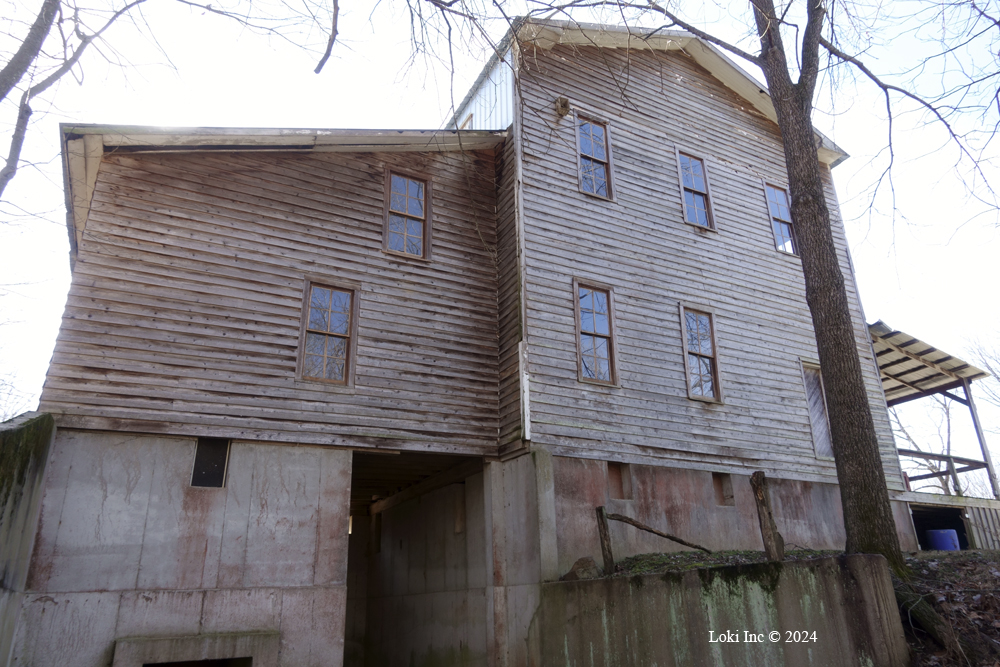
Henry Engleman purchased the mill in 1859. Supposedly, Engleman – being from Virginia and a Southern sympathizer – was not keen to sell his grain to the Union, and specifically, to Gen. Nathaniel Lyon’s soldiers. In a well-made documentary by “OzarksWatch Video Magazine,” from 2019, Dale Moore talks to Kent Parrish, of the Dade County Historical Society. Parrish said the Dade County Mounted Volunteers, led by Clark Wright (who went on to be a Colonel in the 6th Missouri Cavalry at the battle of Vicksburg) were tasked to get supplies for Lyon in Dade County.
The Historical Society also opined that without the flour from this and other mills in Dade County, the Union troops would not have been able to fight and win the battle at Wilson’s Creek in August 1861. The Army would have been forced to find sustenance farther north, and the battle might have been delayed until a later date.
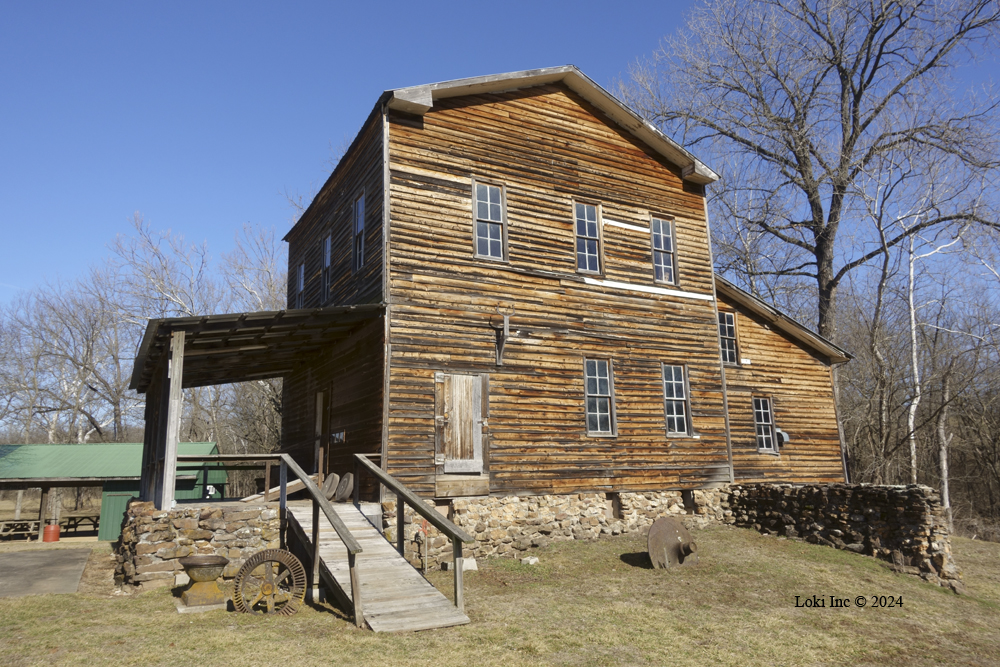
After the Civil War, the mill’s namesake, James Christopher Hulston, purchased the mill in 1875. A village with a livery stable, blacksmith shop, post office, general store, drug store and later a tomato cannery sprung up around the mill. In 1892, Hulston’s grandson, John Christopher Hulston, modernized the mill, and at this point it became a full roller mill equipped with an auxiliary steam engine to provide a back-up system to the stream-powered turbine in drought conditions.
Parrish said that John even marketed his own flour, known as Hulston Gilt flour.
Hulston was murdered in 1897, and his family sold the mill in 1912 to the Nixons, who then sold it two years later. This pattern continued on and on – at least five more millers operated this mill – a total span of 127 years – with a good run. Parrish said he believe the mill ran for reasons of commerce until the 1940s. After that, it was a hobby mill. On June 25, 1967, Hulston Mill performed its last commercial grind. Also, at this time construction of Stockton Lake made flooding of the mill an imminent prospect.
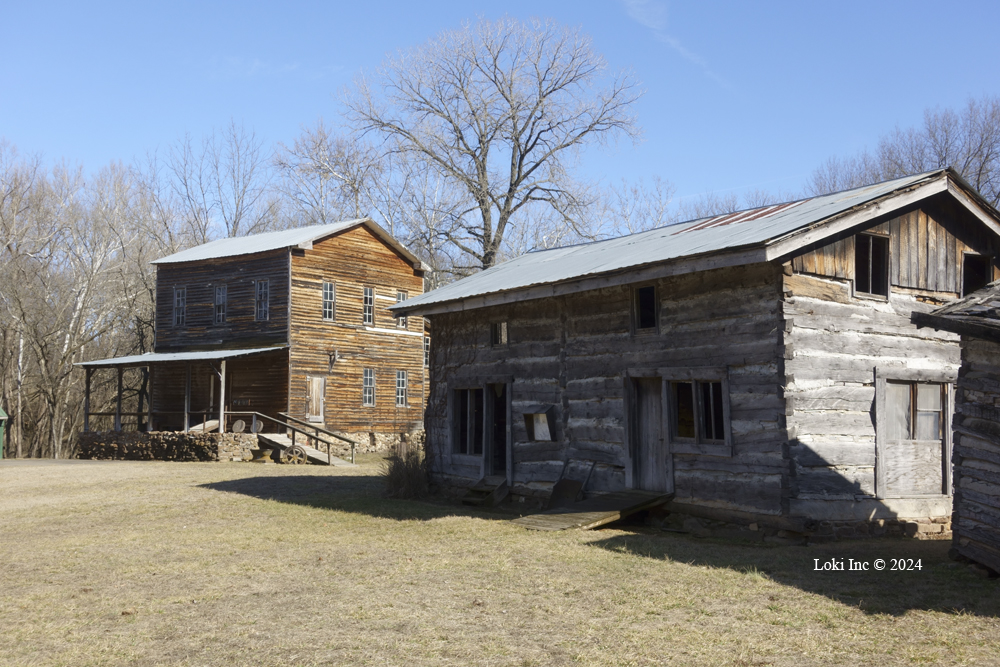
Moving the Mill
Through the fund-raising and other efforts of local people, the Dade County Historical Society, the park board and the county court, the mill was moved from its place on the river to a nearby (1.5 miles away) 50-acre parcel of land, now known as the Hulston Mill Historical Park.
The site officially opened in 1969 and became a magnet, a focal point, for the heritage-affiliated park. It should be noted that this project was the first project of the Historical Society. Parrish said they had hoped that someday the state would be interested in taking on the preservation and maintenance, but that it hadn’t happened (and still hasn’t, apparently).
The park holds the mill, along with the Weir cabin that was built in the 1800s. The Weir cabin’s summer kitchen sits behind the house.
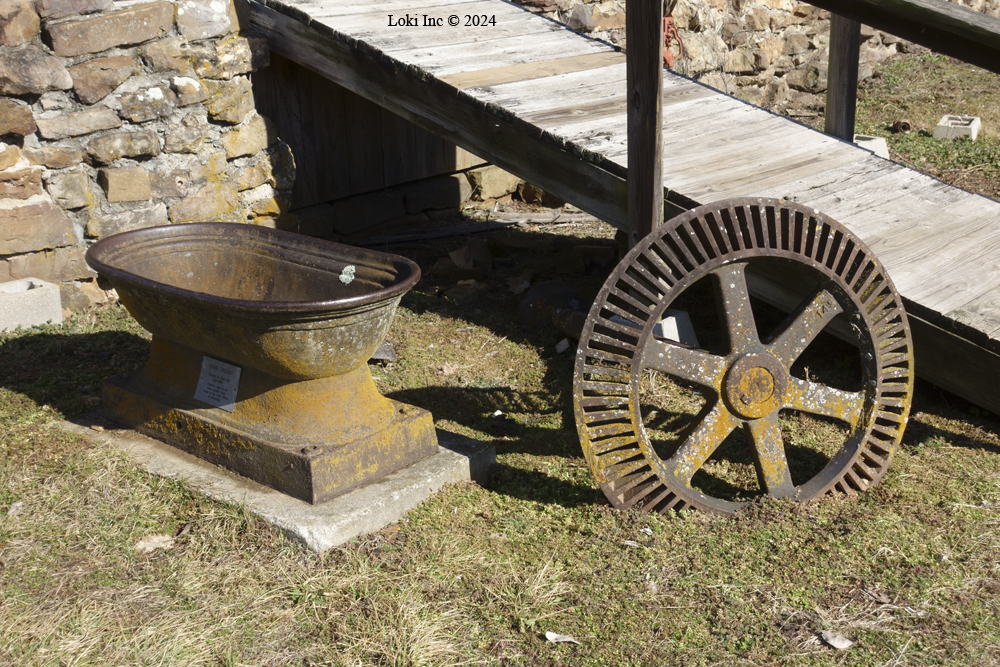
When we visited the park on a warm day in February, we enjoyed sitting at a picnic table near the mill and conjuring what it must have been like in its heyday. Unfortunately pigeons had access to the mill building via holes in the roofline and other openings in the building walls, which can’t be good for the structure. One of the cabins onsite had suffered a collapsed ceiling, and it looked like renovations in the Wier cabin had been abandoned.
Parrish mentioned that the Hulston Family Foundation had been involved somehow with the mill at one time.
Unfortunately, it looks as though the yearly Civil War reenactments are a thing of the past here. Some groups, such as trail riders and primitive skill enthusiasts, still hold events. It appears the only way to contact anyone from the Dade County Historical Society is on its Facebook page or on the Huston Mill Facebook page.
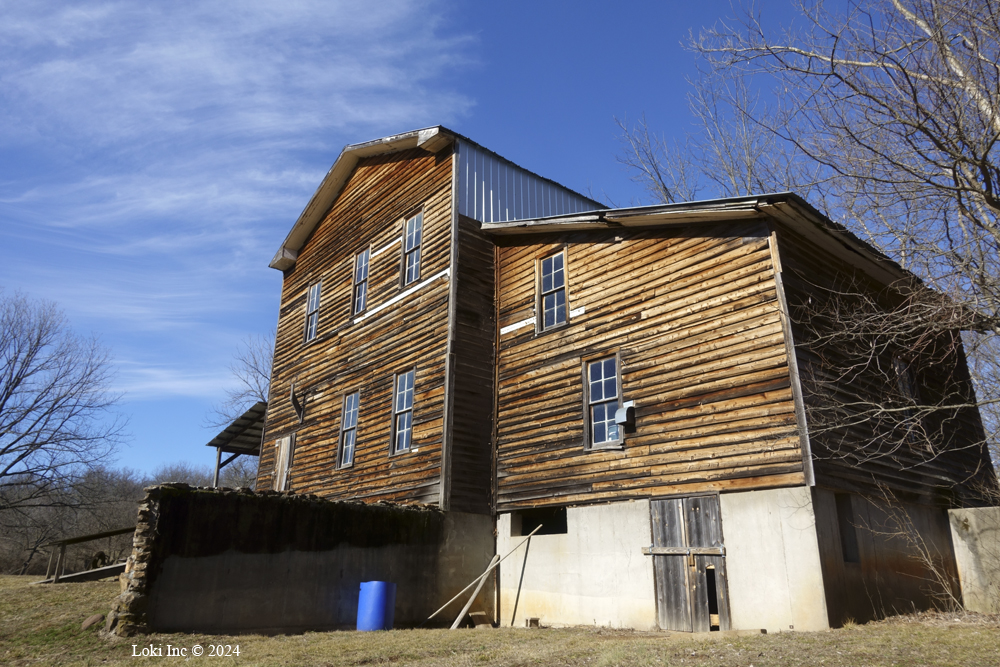
What to Do in the Area
Hulston Mill has the trailhead for a 14-mile multi-use hike/bike/horse trail that winds over to Stockton Lake. It also serves as a site for several organizational gatherings, featuring trail rides and festivals. Primitive and electric campsites are available, first come-first serve. As mentioned, there are picnic tables onsite, along with a playground.
Directions to Hulton Mill
The mill’s address is 6 Hulston Mill Lane, Everton, Missouri. In Dade County, take Hwy 160 to Hwy EE. Turn north, following Hwy EE to a gravel road called Hulston Mill Park Road on your right. Turn right and follow to the parking lot/camping area on the right.



